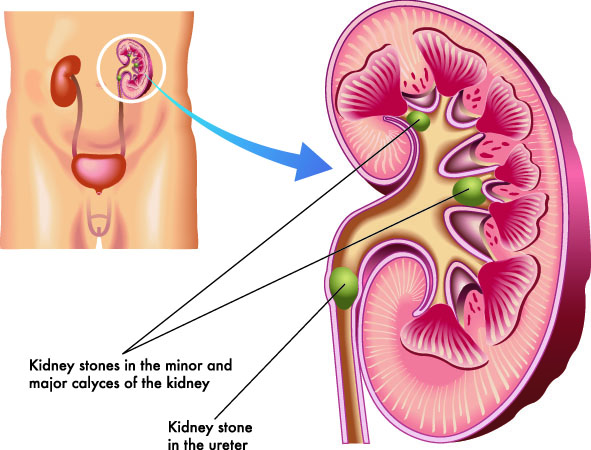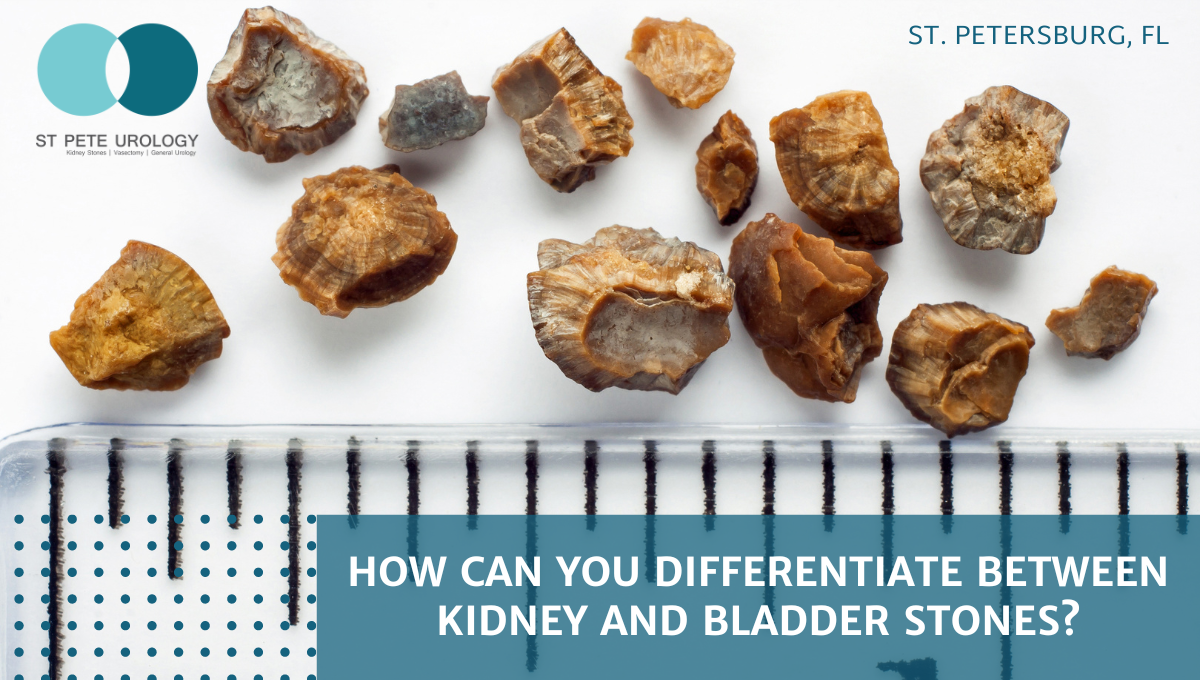Understanding the Distinctions In Between Kidney Stones vs UTI: Key Symptoms and Treatments
Understanding the Distinctions In Between Kidney Stones vs UTI: Key Symptoms and Treatments
Blog Article
A Relative Research of the Threat Factors and Avoidance Approaches for Kidney Stones and Urinary System System Infections: Insights for Better Health
The raising occurrence of kidney stones and urinary tract infections (UTIs) demands a more detailed assessment of their related risk aspects and prevention strategies. Both problems, frequently influenced by way of life options such as diet plan, weight, and hydration monitoring, highlight an essential crossway in health promotion. By identifying and addressing these shared susceptabilities, we can create a lot more efficient methods to alleviate the threats connected with each. What ramifications might these understandings have for public health and wellness initiatives and personal health and wellness management? The answer could reshape our understanding of preventative care.
Overview of Kidney stones
Kidney stones are a typical urological condition, impacting about 10% of people at some time in their lives. These solid mineral and salt deposits develop in the kidneys when pee ends up being focused, enabling minerals to crystallize and bind together. The make-up of kidney stones varies, with calcium oxalate stones being the most prevalent, adhered to by uric acid, struvite, and cystine stones.
Danger elements for the growth of kidney stones consist of dehydration, nutritional routines, weight problems, and particular medical conditions such as hyperparathyroidism or metabolic conditions. Symptoms of kidney stones can vary from mild pain to extreme pain, usually providing as flank discomfort, hematuria, and urinary system seriousness.

Recognizing Urinary System Infections
Urinary system infections (UTIs) represent a prevalent clinical condition, specifically amongst ladies, with roughly 50-60% experiencing at the very least one UTI in their lifetime - Kidney Stones vs UTI. UTIs happen when bacteria go into the urinary system tract, leading to swelling and infection. This problem can influence any kind of part of the urinary system, consisting of the kidneys, ureters, bladder, and urethra, with the bladder being the most commonly influenced site
The scientific presentation of UTIs typically consists of signs and symptoms such as dysuria, raised urinary system frequency, seriousness, and suprapubic discomfort. Sometimes, people might experience systemic signs such as fever and cools, suggesting a more extreme infection, potentially including the kidneys. Diagnosis is largely based upon the presence of signs and symptoms, proven by urinalysis and urine society to determine the original organisms.
Escherichia coli is the most common virus connected with UTIs, making up roughly 80-90% of instances. Threat aspects include anatomical proneness, sexual task, and specific medical conditions, such as diabetes. Understanding the pathophysiology, professional indications, and diagnostic standards of UTIs is important for reliable administration and avoidance approaches in vulnerable populations.
Shared Danger Factors
Numerous shared danger elements add to the growth of both kidney stones and urinary system infections (UTIs), highlighting the interconnectedness of these two problems. Dehydration is a noticeable threat variable; poor fluid intake can result in concentrated urine, promoting the development of kidney stones and creating a beneficial atmosphere for microbial growth, which can precipitate UTIs.

Modifications in estrogen degrees can influence urinary tract wellness and stone development. Furthermore, obesity has been determined as a typical danger factor, where excess weight can lead to metabolic modifications that favor both kidney stone growth and urinary system system infections.
Avoidance Approaches
Recognizing the common danger variables for kidney stones and urinary system tract infections highlights the significance of executing reliable prevention techniques. Central to these strategies is this contact form the promo of ample hydration, as adequate fluid consumption weakens pee, decreasing the concentration of stone-forming materials and lessening the threat of infection. Healthcare professionals frequently advise drinking at the very least 2 to 3 liters of water daily, customized to private needs.
Moreover, dietary alterations play a critical duty. A well balanced diet regimen reduced in salt, oxalates, and pet healthy proteins can alleviate the development of kidney stones, while increasing the consumption of vegetables and fruits sustains urinary system health and wellness. Routine surveillance of urinary system pH and composition can likewise help in recognizing tendencies to stone formation or infections.
Additionally, keeping appropriate health techniques is important, especially in ladies, to stop urinary tract infections. This consists of wiping from front to back and peing after sexual intercourse. For people with reoccurring issues, prophylactic therapies or medications may be required, led by medical care specialists, to address details threat elements efficiently. Generally, these avoidance methods are necessary for minimizing the occurrence of both kidney stones and urinary system infections.
Lifestyle Alterations for Wellness
Executing certain lifestyle changes can considerably minimize the threat of developing kidney stones and urinary system system infections (UTIs) A well balanced diet regimen plays an important duty; boosting fluid intake, particularly water, can dilute urine and aid protect against stone formation as well as flush out germs that might lead to UTIs.
Normal exercise is likewise important, as it promotes general health and aids in keeping a healthy and balanced weight, additional reducing the risk of metabolic conditions connected with kidney stones. Additionally, practicing excellent hygiene is necessary in protecting against UTIs, particularly in women, where cleaning strategies and post-coital peeing can play preventive roles.
Preventing excessive high levels of caffeine and alcohol, both of which can worsen dehydration, is suggested. Finally, regular medical examinations can assist keep an eye on kidney feature and urinary wellness, identifying any early signs of issues. By adopting these Read More Here way of life alterations, individuals can improve their total well-being while successfully reducing the threat of kidney stones and urinary tract infections.
Verdict
Finally, the relative evaluation of kidney stones and urinary system tract infections emphasizes the relevance of common danger aspects such as dehydration, nutritional habits, and weight problems. Applying reliable avoidance methods that concentrate on sufficient hydration, a balanced diet plan, and regular exercise can mitigate the occurrence of both conditions. By addressing these usual factors through lifestyle adjustments and enhanced health techniques, people can improve their general health and wellness and lower their vulnerability to these common health issues.
The enhancing prevalence of kidney stones and urinary tract infections (UTIs) necessitates a more detailed examination of their interrelated threat elements and avoidance techniques - Kidney Stones vs UTI. The composition of kidney stones click here for more info varies, with calcium oxalate stones being the most common, adhered to by uric acid, struvite, and cystine stones
Therapy options differ based on the size and type of the stone, ranging from conventional management with boosted fluid consumption to clinical intervention like lithotripsy or medical removal for bigger stones. In addition, obesity has actually been identified as a common threat element, where excess weight can lead to metabolic modifications that prefer both kidney stone development and urinary system tract infections.Recognizing the shared risk factors for kidney stones and urinary system infections highlights the importance of carrying out reliable avoidance strategies.
Report this page